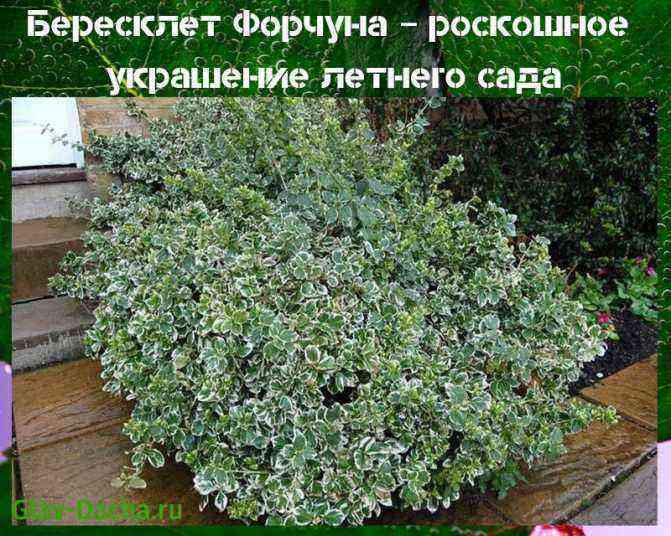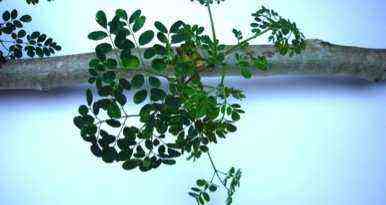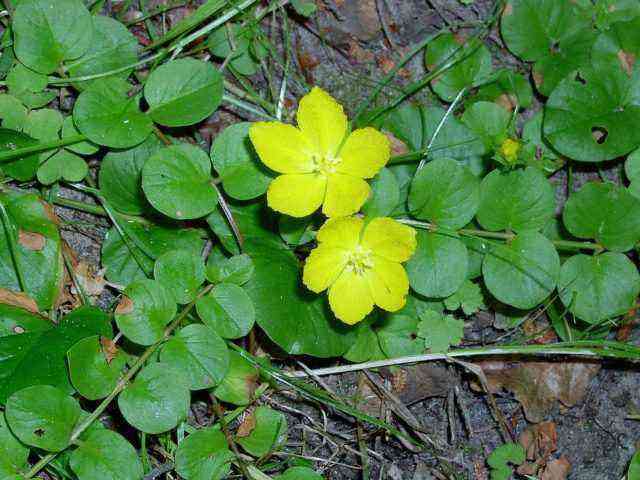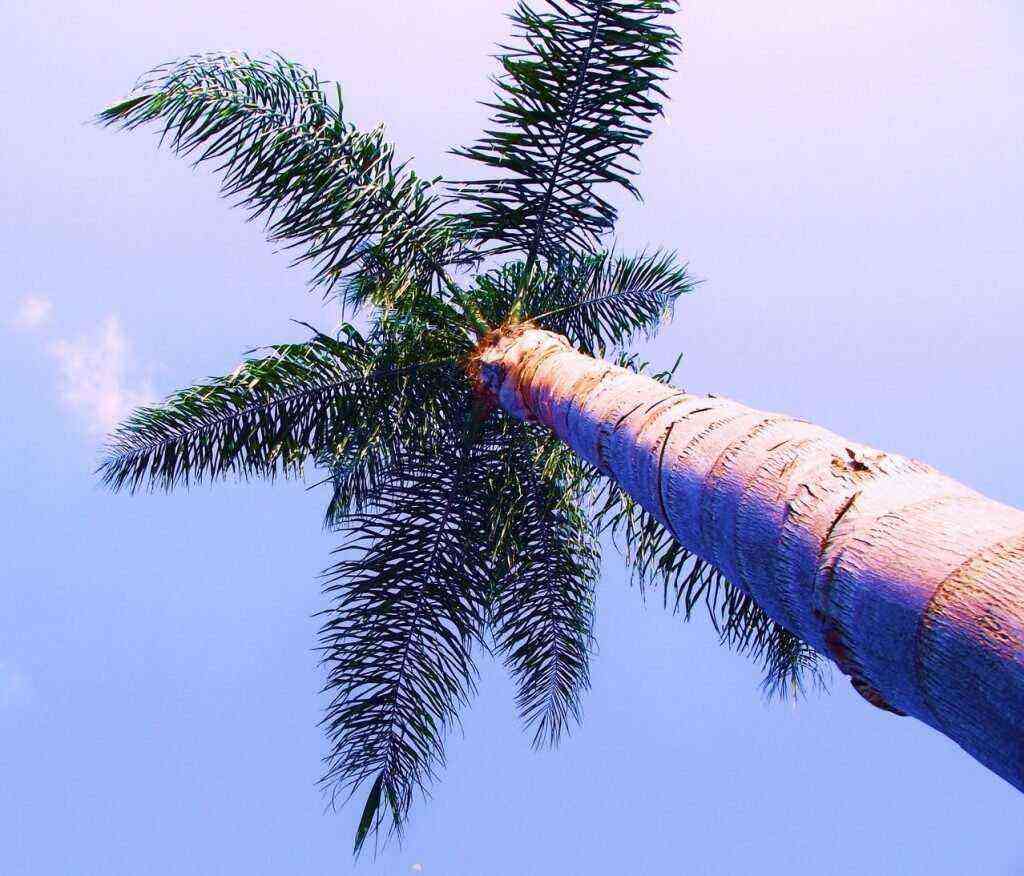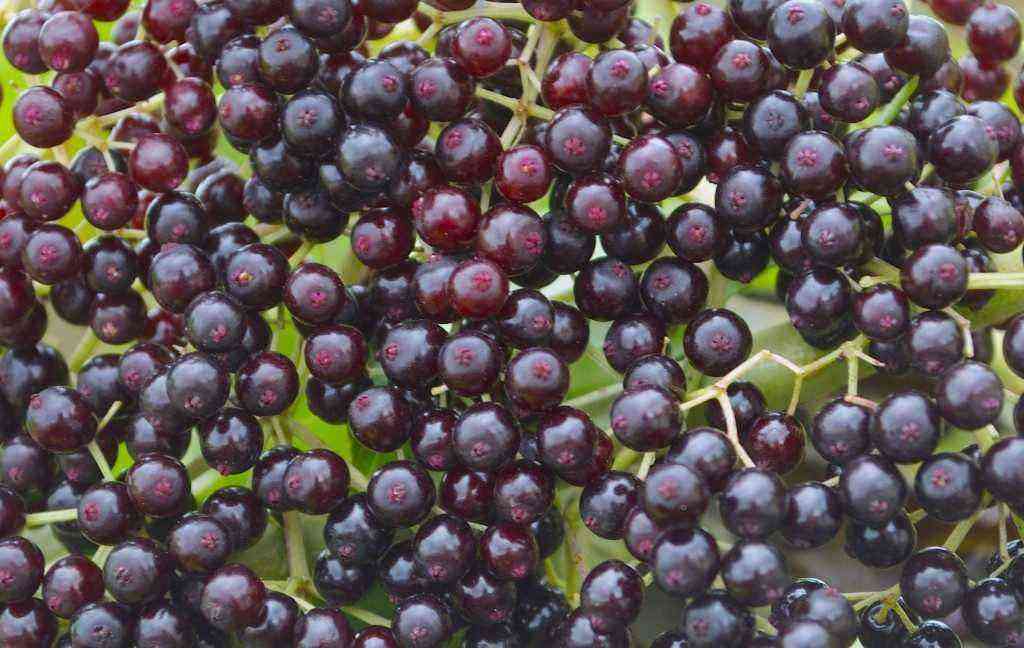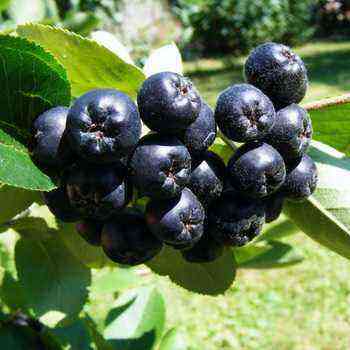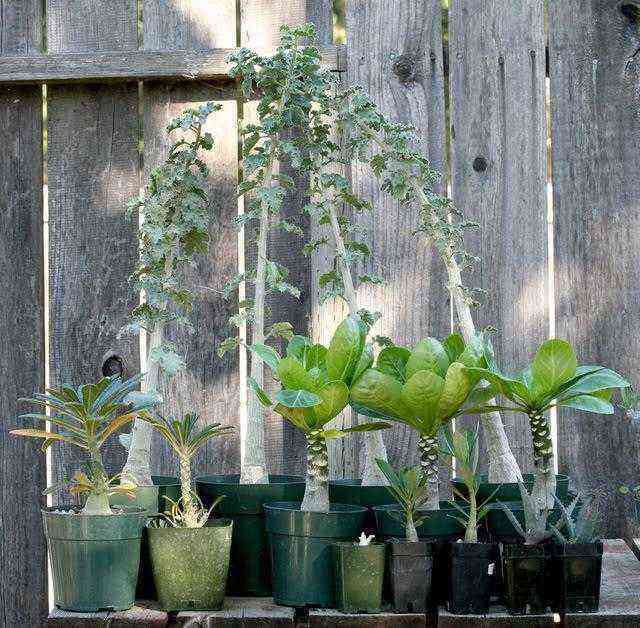Introduction to growing pomegranate
Pomegranate bushes are some of the easiest fruits to store as they tend to be immune to many pests or diseases. The pomegranate fruit is full of antioxidants and is believed to have health benefits. Pomegranate trees are quite small and can be grown as a tree or shrub, depending on how you choose to prune and train it. Pomegranates are an ideal choice for creating a brightly blooming hedge, as they can get quite dense when grown next to each other. In this article, we also discuss the following topics;
- How long does it take for a pomegranate tree to grow
- Growing pomegranate from cuttings
- Reproduction of pomegranate
- Pomegranate plant care
- Growing pomegranate from seeds
- Tips for growing a pomegranate tree
Step-by-step guide to growing pomegranate
Pomegranates can be grown from seeds; although a seed tree may not be very reliable, seed can grow a hardy plant or a plant with barely edible fruits. To keep the pomegranate tree bearing flowers and good fruit, get the right variety from your local nursery. Pomegranates can survive cold winters or harsh summers, and you just need the right plant for the weather you live in. Common pomegranate varieties you can pick from your local nursery are wonderful, sweet pomegranate, Kashmiri blend, pink satin, pungent velvet. , Ambrosia and Angel Red.
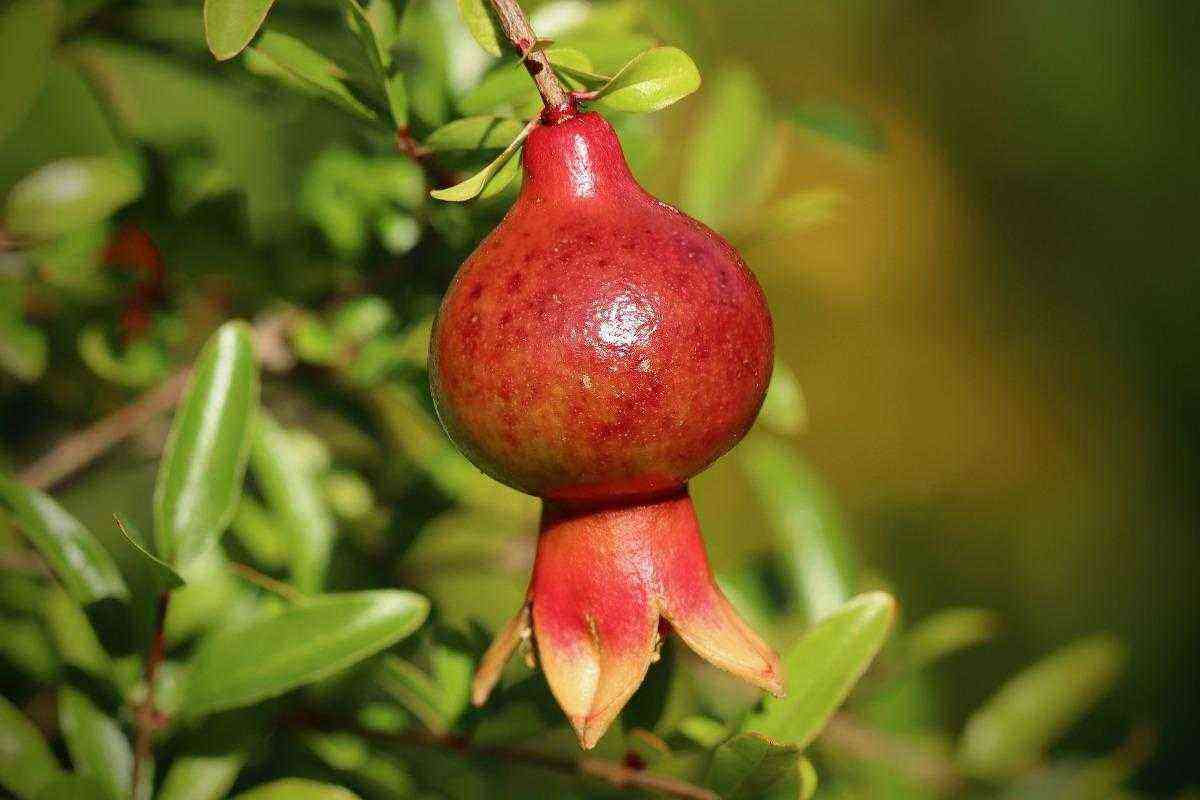
Requirements for soil and sun for growing pomegranate
Pomegranates grow well in most soils if the soil is well watered and drained and moist soils will increase the amount flowers and fruits of pomegranate . While the plant can survive in partially shaded areas, especially when grown in a pot, it thrives in normal sunlight. Pomegranates grow almost anywhere in your garden with 2 to 4 hours of direct sunlight a day.
The best soils for pomegranates are heavy loams, but they can tolerate a wide range of soil conditions and can even grow on clay or sandy soils. Optimal soil pH level for pomegranate trees ranges from 5,5 to 7. Alkaline soils can limit and restrict plant growth.
Get a pomegranate stalk or sapling.
You can purchase a pomegranate seedling at your local nursery. Be sure to buy a variety from which the edible pomegranate fruit is grown if you are hoping to eat home-grown pomegranate. First, cut a branch that is at least 10 inches long. Cover the cut end of the branch with rooting hormone to help it grow, and cut it in February or March while the plant is still dormant.
Choosing a pot for growing pomegranates
The pot should match the size of the pomegranate plant. Increase the size of the pot, replanting it as it grows. Also make sure there are enough holes in the bottom of the pot for proper drainage.
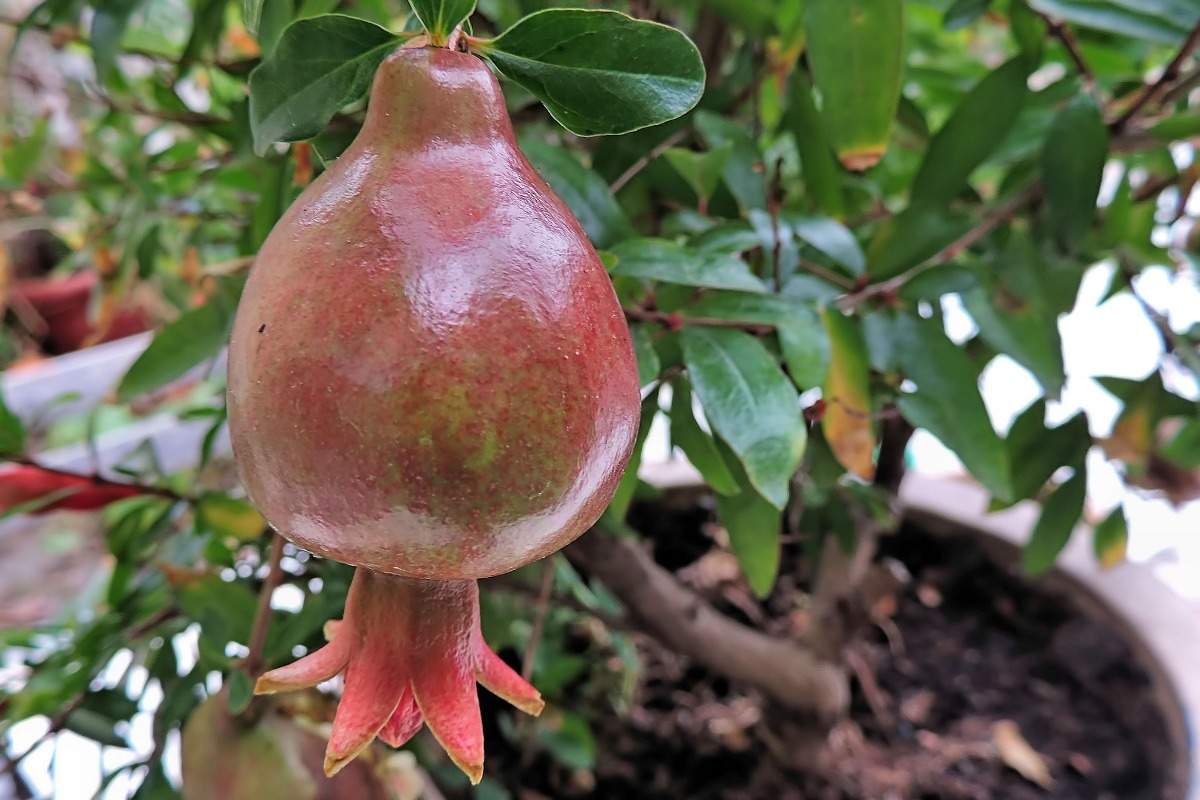
For indoor pomegranate trees grown in containers , you will need a 10 gallon container, one quarter filled with potting soil. Then place the root ball in the container and start filling around the roots with soil up to the top of the container, but without covering the trunk.
Reproduction of pomegranate
Pomegranates can be propagated by cuttings or seeds in spring and summer at 20 ° C, but it is best to buy 2-3 year old plants from a nursery or online. This way you don’t have to wait long for the pomegranate fruit.
Reproduction by seeds
Start by buying a pomegranate as ripe as possible. Separate and clean the seeds from the pulp by wiping them with a paper towel and let them dry for a few days before sowing the seeds.
Plant the seeds no more than an inch deep in a light seed mix. Place the pots in a bright place, if desired, in a plastic bag or greenhouse that maintains a temperature of around 20 ° C. And always keep the soil moist. The seeds will germinate within 1-6 weeks, depending on the variety and climate.
Reproduction by cuttings
First, take a few cuttings 8 to 10 inches long. Then plant the cutting in a well-drained potting mix. It takes root easily and quickly at an ambient temperature of 20 ° C and high humidity.
Distance between pomegranate plants
Trees grown in containers must be planted at the same depth at which they were originally grown. If you plant pomegranate trees for hedges, place them at least 6-9 feet apart. For orchards, plant individual trees 15-18 feet apart.
Planting pomegranate seedlings
- Pomegranate trees bear fruit on their own, so you only need one.
- Find a large 10 gallon container.
- Fill the container one-quarter full of potting soil.
- Place the root ball in a container and start covering the roots with soil.
- Do not close the trunk.
- Water the new tree well and tamp.
- Pomegranate is a warm fruit, so it is best to store it outdoors in a sunny place during the summer.
- In winter, bring the tree indoors and place it in a south-facing window.
Need in growing water on plant Pomegranate
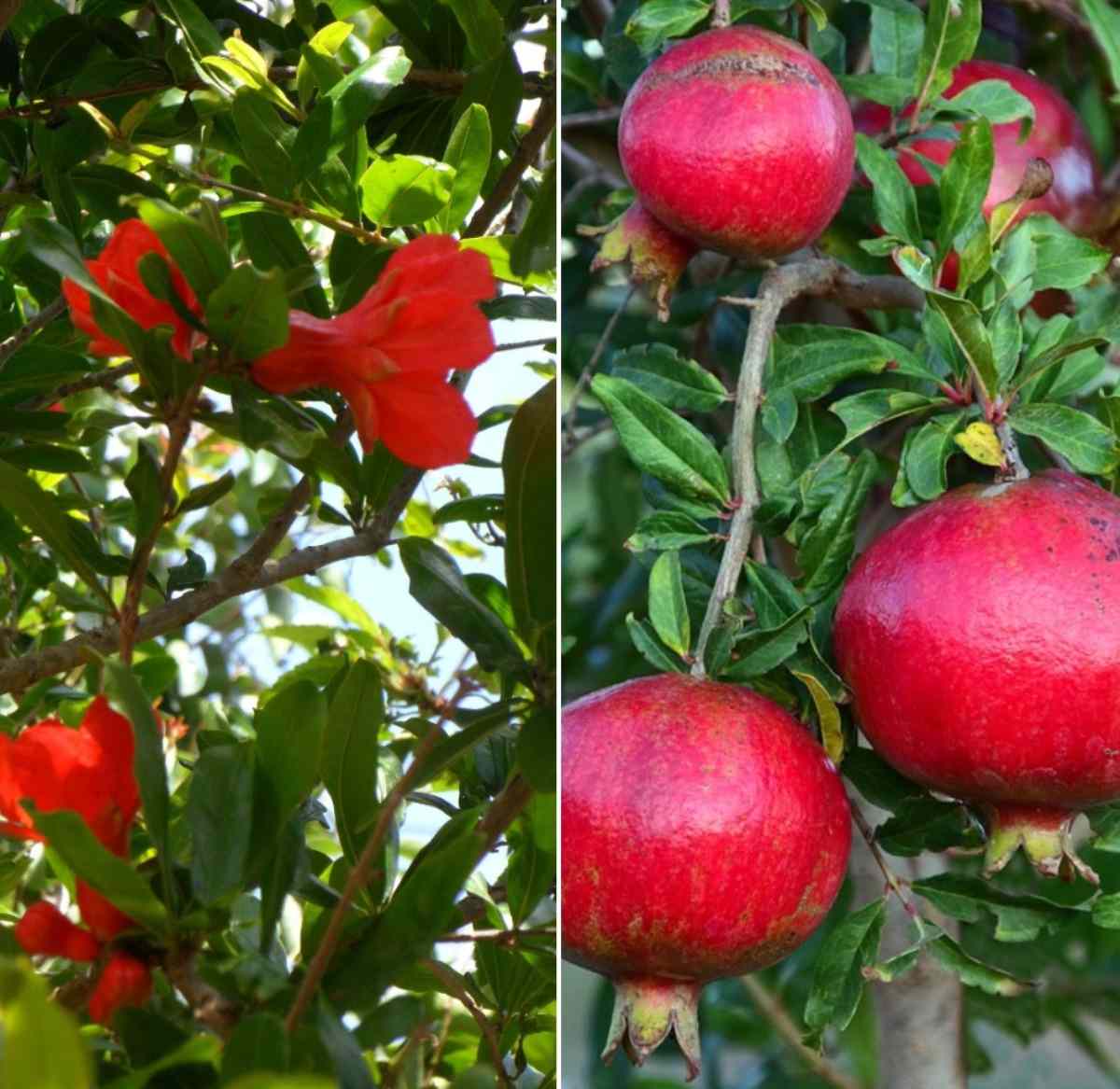
Pomegranate is drought tolerant, but will bear fruit better if watered in dry conditions every 5-7 days. Wet soil or too much water are his enemies and cause pomegranate flowers and fruits to fall.
Grenade care
- Pomegranate grows best in well-drained soil, while it can grow in a wide variety of soils, from acidic loam to alkaline.
- Pomegranate plants need full sun. Watch the weather forecast and if the temperature threatens to drop below 4 ° C, move the plant indoors to a sunny window. Water the pomegranate tree deeply about once a week; possibly more often during the peak summer months. Fertilize the tree in half a cup (118 ml), about 10-10-10. Spread the fertilizer over the soil 5 cm from the trunk.
- Cut off all intersecting branches or shoots 3-5 per branch after the first year of the tree’s life. And prune dead or injured limbs at the end of winter. Trim the suction cups to make them look more like trees.
- You do not need to regularly fertilize under the trees. If the yield of the plants is low or does not produce pomegranate fruits, fertilizer must be added. Before adding, you need to test the soil pH level by taking a sample and the plant will thrive if the soil pH is acidic.
- Fertilizers containing sulfur, iron compounds or aluminum sulfate are added to the soil to accelerate plant growth. You add nitrogen-rich fertilizers, compost or mulch, which continuously break down the soil and supply the plants with nutrients.
Tips for planting pomegranate seeds
- For achievements best results plant pomegranate seeds indoors in the middle of winter so that they have a few months to grow before the spring planting season.
- Just scoop out the seeds and rinse them in cool water, then rub with a paper towel to remove the pulp.
- Let the pomegranate seeds dry for a few days to prevent them from rotting.
- Plant the seeds no more than an inch deep in light soil for sowing.
- Place the pot in a sunny, warm window and keep the soil moist while the seeds germinate and germinate.
- For added moisture and warmth in winter, it is helpful to cover the pot with a clear plastic bag until the seeds germinate.
- When the weather is warm in spring, you can start gradually hardening the pomegranate plants before constantly moving them outside. Although mature plants can tolerate cold weather, wait until frost has passed before planting seedlings.
The process of growing pomegranate plants from seeds
- Start growing pomegranate seeds when the fruit is firm and dark red in color. Cut the skin with a knife and break the fruit in half. Use a spoon to scoop up the pomegranate seeds.
- Place the seeds in a bucket or bowl and crush the liquid-filled outer pulp of each seed. Rinse off the liquid and place the seeds on a sheet of paper towel to dry while you prepare the containers for planting.
- Fill approximately 3-inch starter pots with standard soil without fertilizer. Then, leave the top 1/2 inch of each pot empty. Place one seed in potting soil and press it lightly to the surface. Do not cover the seed.
- Spray the pomegranate seeds to moisten and take root in the soil. Cover each pot with a small piece of plastic wrap and place the pots on a 21 ° C germination mat near a large window. Then, if necessary, provide additional light with a fluorescent lamp.
- Water the pomegranate seeds whenever the soil surface seems almost dry. Use a spray bottle for watering as fog is less likely to damage seeds or oversaturate the soil.
- Monitor germination 1-3 weeks after sowing. Keep the seedlings on the germination mat for another 2 weeks, or until the seedlings are tall enough to touch the plastic wrap.
- Transplant the pomegranate seedlings into terracotta planters filled with a potting mix of about 2 parts coarse sand, 1 part loam and 1 part milled peat, or use a commercially prepared potting soil mixed with dolomite lime. Place the pots near a large south- or west-facing window and have at least 6 hours of bright sunlight every day. Then rotate the pots a half turn each week to ensure even lighting.
- Water when the soil seems completely dry at about 2 inches. Increase the amount of water slightly when the shrub is in bloom to allow the top inch to dry between waterings. And drain all the water that collects in the drain saucer.
- Feed pomegranates monthly from spring to late summer and use a balanced 12-12-12 fertilizer. Apply fertilizer at half the recommended concentration and then water gently to distribute it all over the soil.
Growing pomegranate trees in containers
The pomegranate grows in warm and dry conditions. While not all of us live in these climatic regions, the good news is that growing pomegranate in a potquite possible. Trees in containers can be grown indoors if there is sufficient dry conditions or outdoors during part of the year, or moved indoors if cold snaps are imminent. Pomegranates self-pollinate, so you’ll need one to set the fruit. They are hardy and bear fruit in the second year. For outdoor or indoor container-grown pomegranates, you will need a 10-gallon container, one-quarter filled with potting soil. Place the root ball in a container and start filling around the plant roots with soil up to the top of the container, but without covering the trunk. Water the new pomegranate well and tamp the soil lightly to eliminate any air pockets.
Remove dead or damaged parts of the pomegranate plant.
You don’t want to prune your pomegranate tree to care for it, but it is best to prune dead or dying branches in the spring so that the tree grows well. You can thin out the plant as you see fit.
If you grow pomegranates in a container, you will need to trim and train a little to keep the pomegranate in the desired size and shape.
Pests and diseases affected by pomegranate plants
Pomegranate bushes are one of the easiest fruits to use as they are usually unaffected by many pests or diseases.
Potential pests: pomegranate butterfly, thrips, scales, mealy insects and whiteflies. Sometimes deer eat leaves, and sometimes gophers gnaw at plant roots. Diseases include leaf blight, fruit blight, twig dieback, dry rot, and soft rot.
Pruning pomegranate trees
Pruning is necessary to shape and maintain the desired shape of the pomegranate tree, as well as to stimulate flowering and fruiting. This is best done after the frost hazard has passed and the pomegranate tree is about to start growing.
Prune away weak, dead and unwanted branches to channel the energy of the shrub to the desired parts, and shorten the long branches to promote flowering of the pomegranate.
Collecting pomegranates
Harvest the pomegranate when the rind turns bright red. Just cut off the stem with a sharp knife. Collecting harvest pomegranate , harvest it when the pomegranate is fully ripe and turns dark red as it does not continue to ripen after harvest. Start collect pomegranate fruits, when the fruit makes a metallic sound when you press it with your finger.
“Gathering pomegranate fruit” is a misnomer, because the fruit cannot be picked from the plant.
Frequently asked questions about growing pomegranate plants
Is the pomegranate tree self-pollinating?
Most pomegranate trees bear fruit on their own as they do not need any other pomegranate tree varieties for pollination. The pomegranate tree produces flowers that attract insects for pollination. Planting another pomegranate tree side by side is said to increase the yield of both trees.
Why do grenades crack on wood?
One of these can be caused by over-grooming the pomegranate tree. Fungal pathogens are known to be the cause of the pomegranate fruit splitting . They strike when the fruit is ripe. other the main cause of pomegranate fruit splitting the same as many other fruits that are irregularly watered.
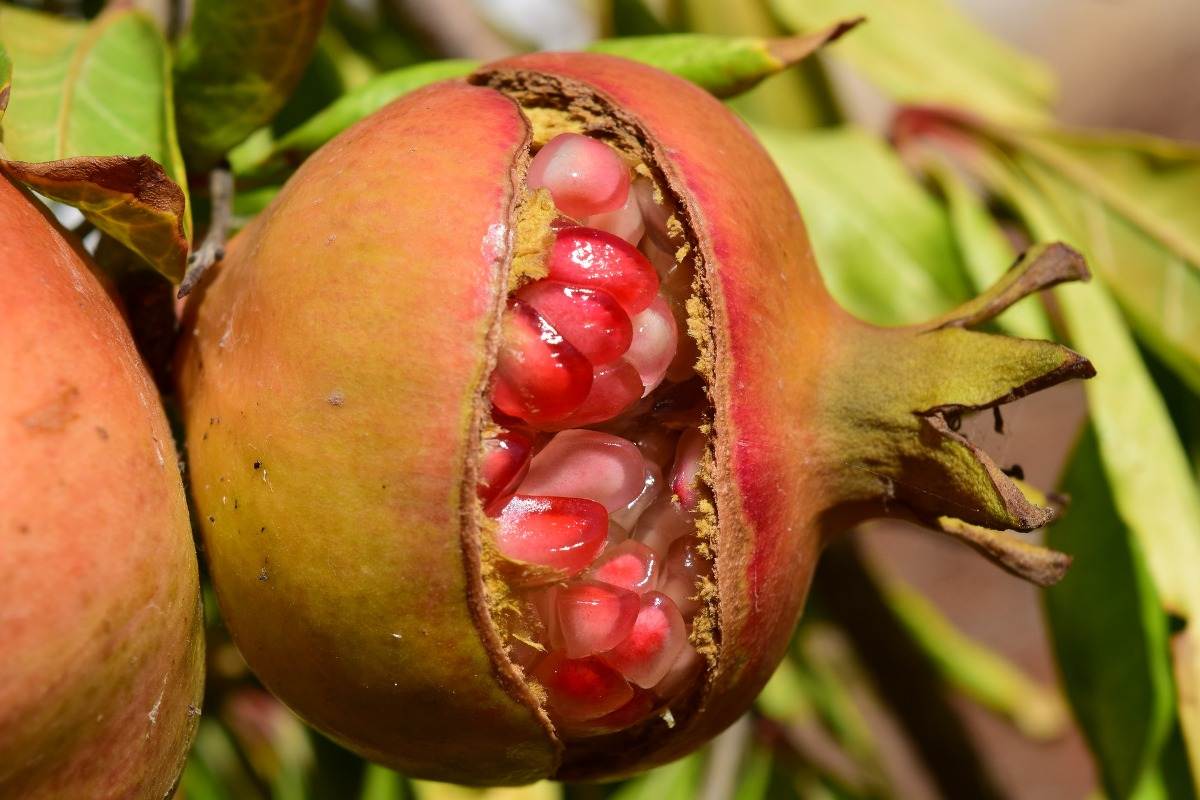
Why are my grenades turning black?
Alternaria, called black rot, causes damage to the pomegranate fruit in the form of wounds and rot on the inside of the fruit. This happens after heavy rains, when pomegranate fruits are just beginning to form.
Why isn’t my pomegranate blooming?
Insufficient light levels are the main reason why flowers do not appear on pomegranate trees. Exposure in the garden that provides at least 8-10 hours of direct sunlight per day, especially from spring to fall, is a must. The more sun and the warmer the growing season temperature range, the better.
How to increase the size of pomegranate fruit?
For increase pomegranate fruit size the most important thing is to prune, water and fertilize them. Larger fruits form on older wood, so pruning the pomegranate so that it looks more like a tree than a bush will help.
Conclusion about growing a pomegranate plant
Well, growing pomegranates is easy and commercially viable as this wonderful fruit is in great demand.
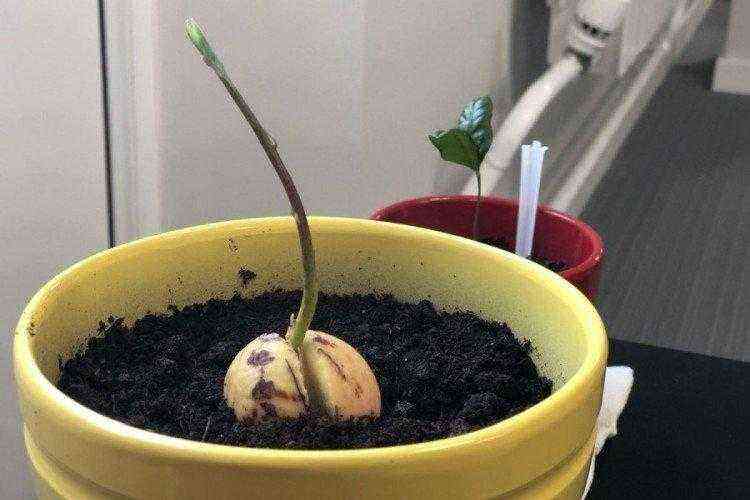

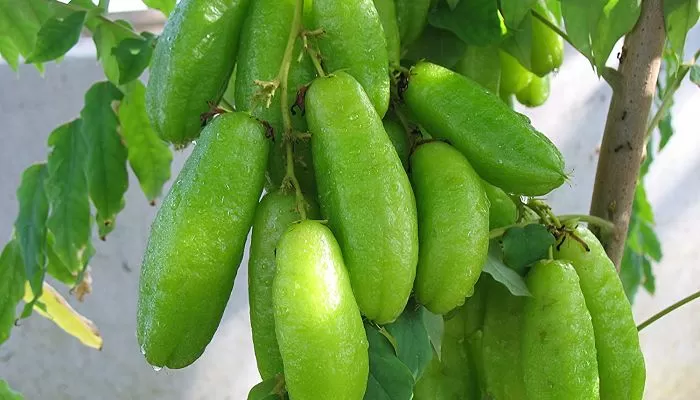
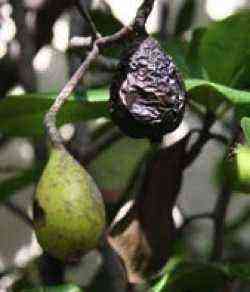
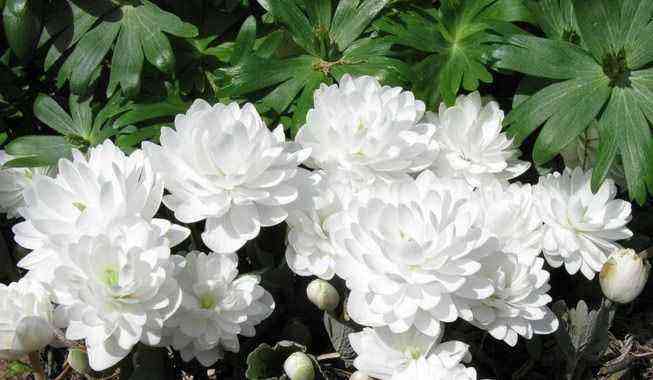
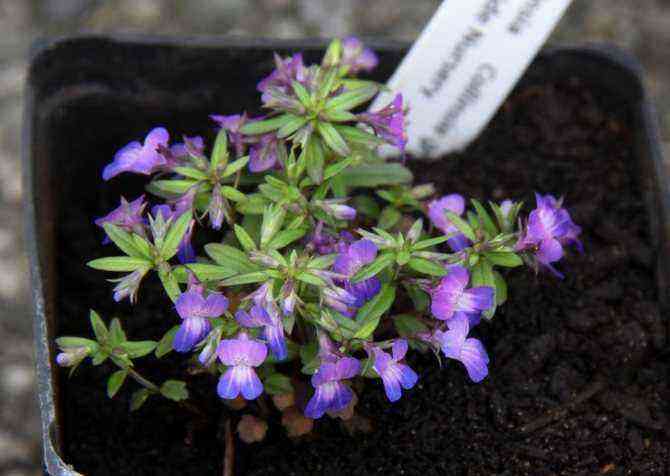
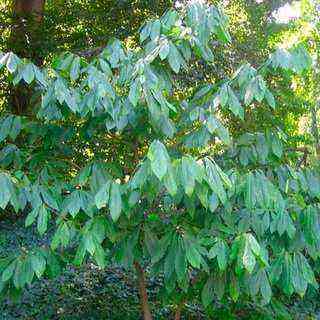


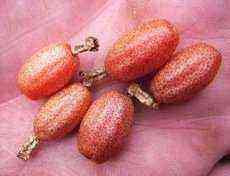
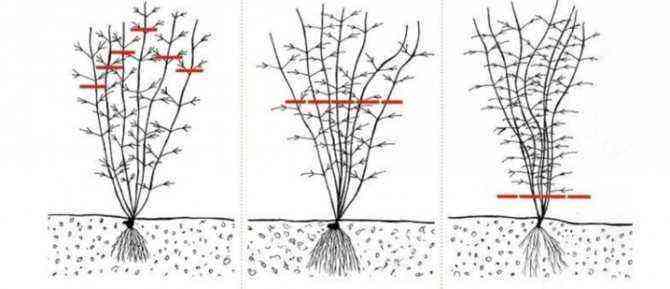
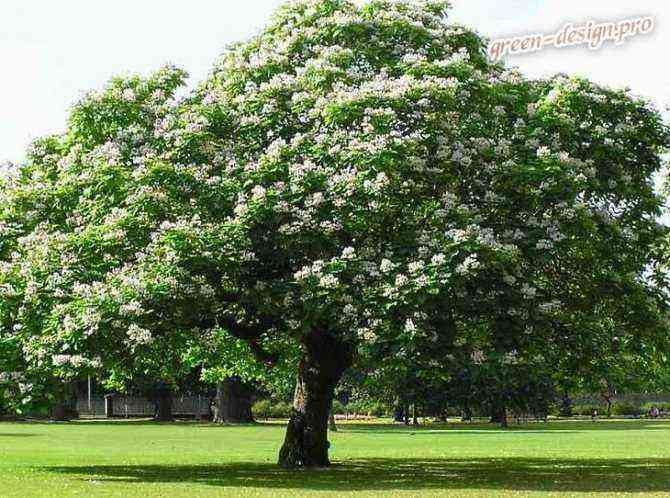
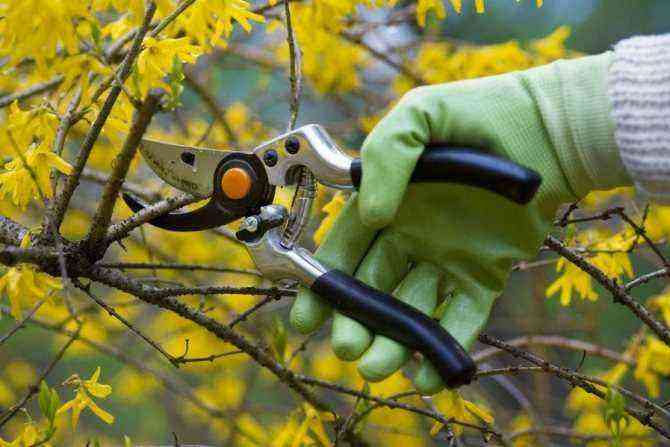
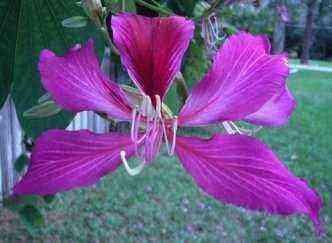
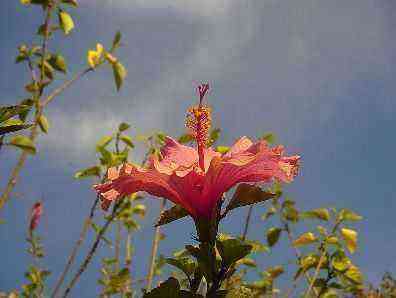

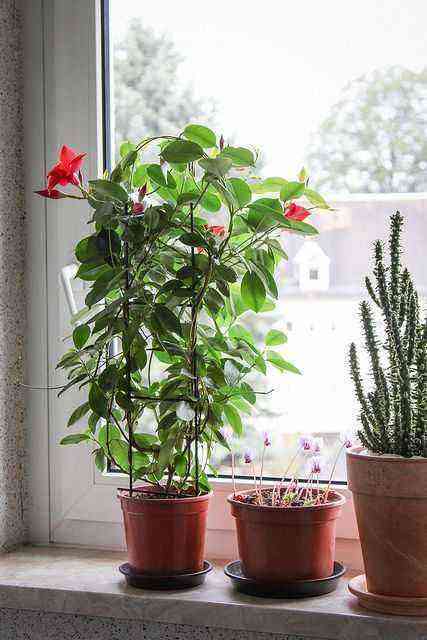
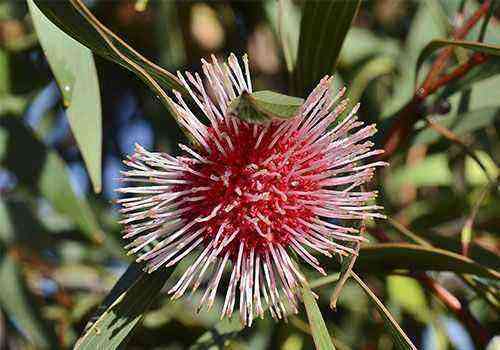
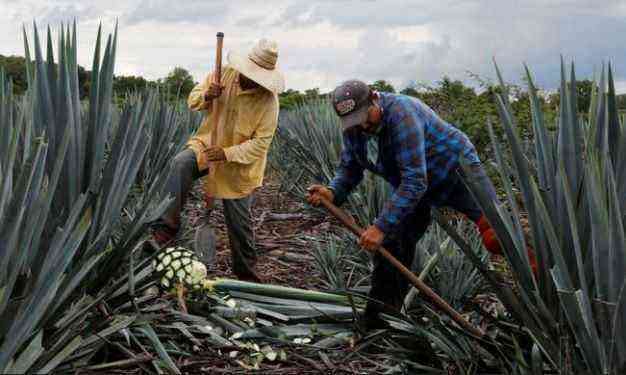

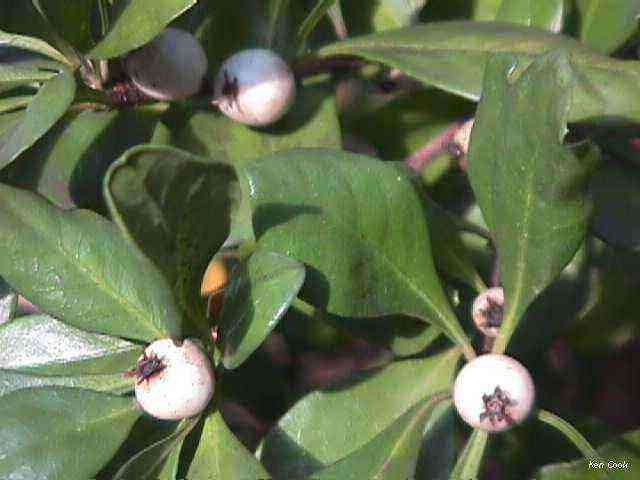
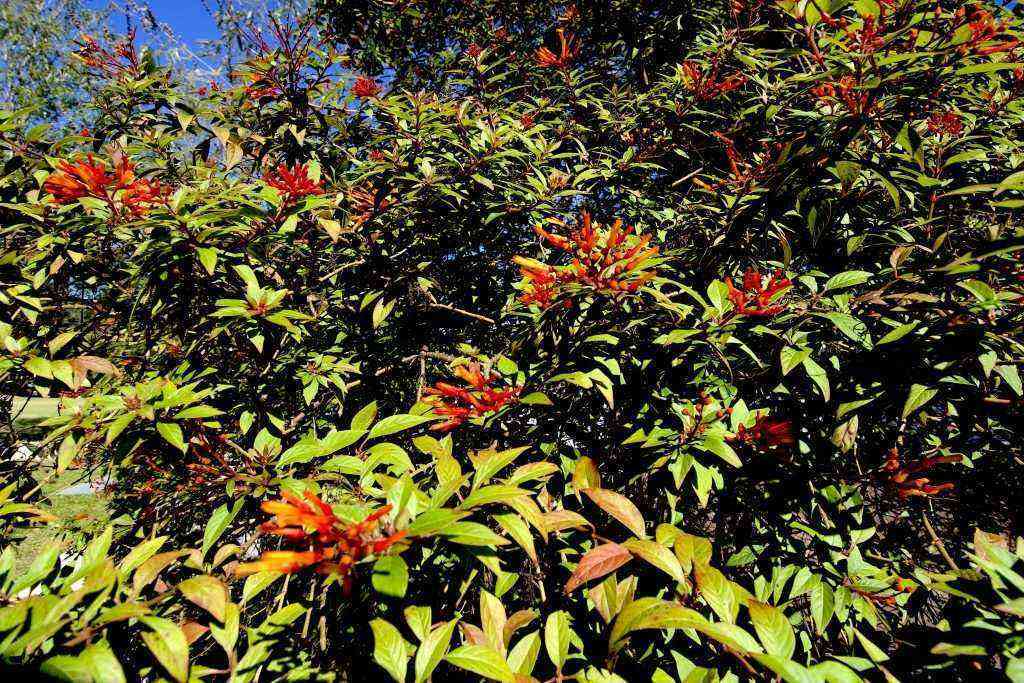

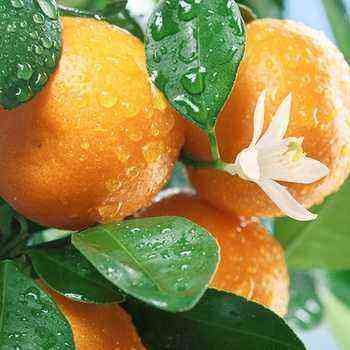
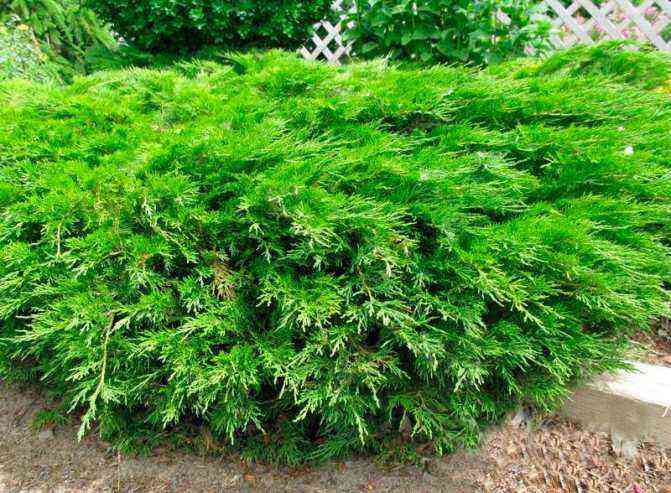
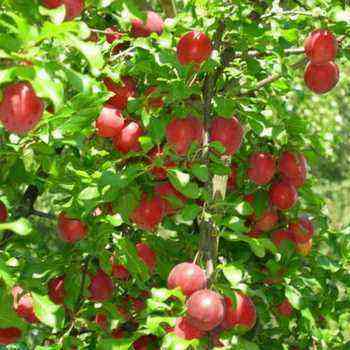

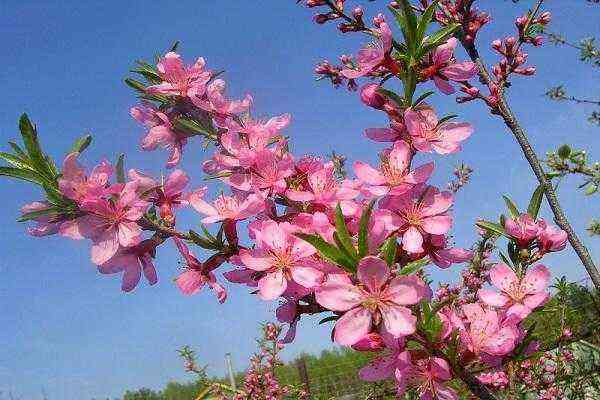

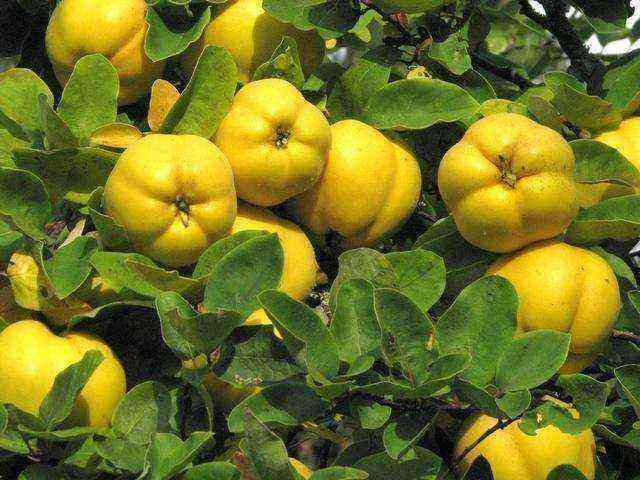
![Cultivo de Magnolia stellata [magnolia estrellada] Cultivo de Magnolia stellata [magnolia estrellada]](https://farmer-online.com/wp-content/uploads/2021/05/Cultivo-de-Magnolia-stellata-magnolia-estrellada.jpg)
